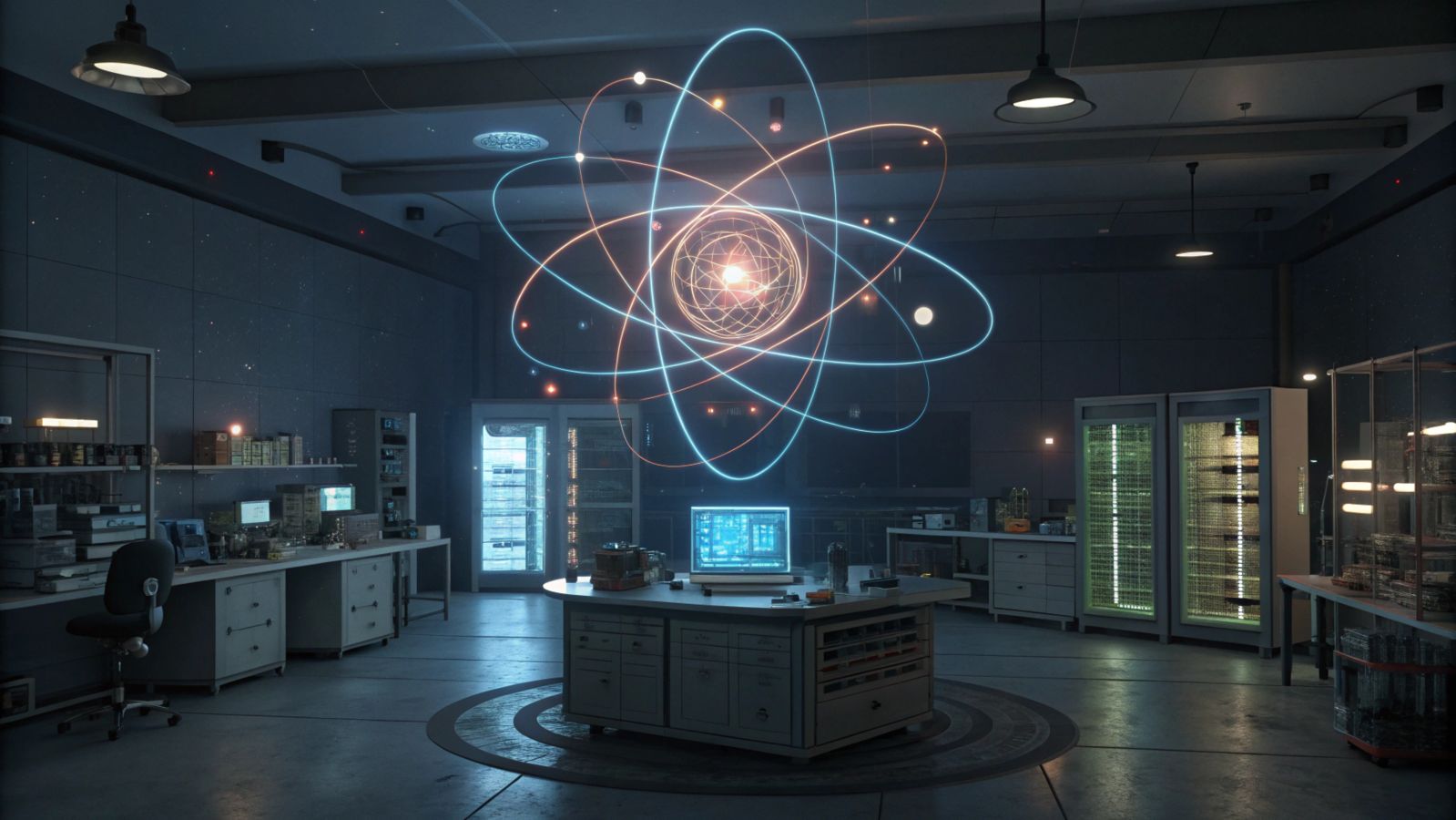A quantum computer simulates particle creation in the Universe 🌟
Follow us on Google News (click on ☆)

To conduct this simulation, researchers used a theory called quantum field theory in curved spacetime (QFTCS). Essentially, this theory allows us to study how particles behave in a universe where space and time are "warped," such as near a black hole or in an expanding universe. It has already predicted impressive phenomena, such as Hawking radiation (radiation emitted by black holes) or particle creation in an expanding universe.
Until now, scientists relied on laboratory experiments to verify these predictions. But this time, they used quantum computers to perform numerical simulations, a novel approach in this field.
Marco Díaz Maceda, the lead author of the study, explains that quantum computers are a powerful tool for exploring fundamental questions about the Universe. However, these computers are still under development and make errors due to "noise" in calculations. To address this issue, researchers used techniques to reduce these errors without requiring excessive resources.
They chose a model of an expanding universe, called FLRW, and created a quantum circuit on an IBM processor named Eagle to simulate particle creation. Despite the errors, the results showed that particles appeared as predicted by the theory. Thanks to error mitigation techniques, the researchers were able to obtain more accurate results.
This study is a significant step forward in using quantum computers to study our Universe. It opens the door to new research on topics such as gravitational entanglement (a quantum phenomenon related to gravity) or the structure of the Universe.
Quantum field theory in curved spacetime (QFTCS)
QFTCS is a theory that combines two major ideas in physics: general relativity (which explains how gravity warps space and time) and quantum mechanics (which describes the behavior of particles at very small scales). It allows us to study how particles behave in universes where space and time are warped, such as near a black hole or in an expanding universe.
This theory is very useful because it enables us to explore complex phenomena without needing a complete theory of quantum gravity, which remains to be discovered.
How to reduce errors in quantum calculations?
Quantum computers are powerful, but they still make errors due to "noise" in calculations. To improve results, researchers use error mitigation techniques. The idea is to understand how errors increase with noise and then estimate what the results would be without this noise.
Unlike error correction, which requires significant resources, error mitigation is more suitable for current quantum computers. In this study, researchers used a technique called zero-noise extrapolation (ZNE), which allowed them to obtain more precise results.